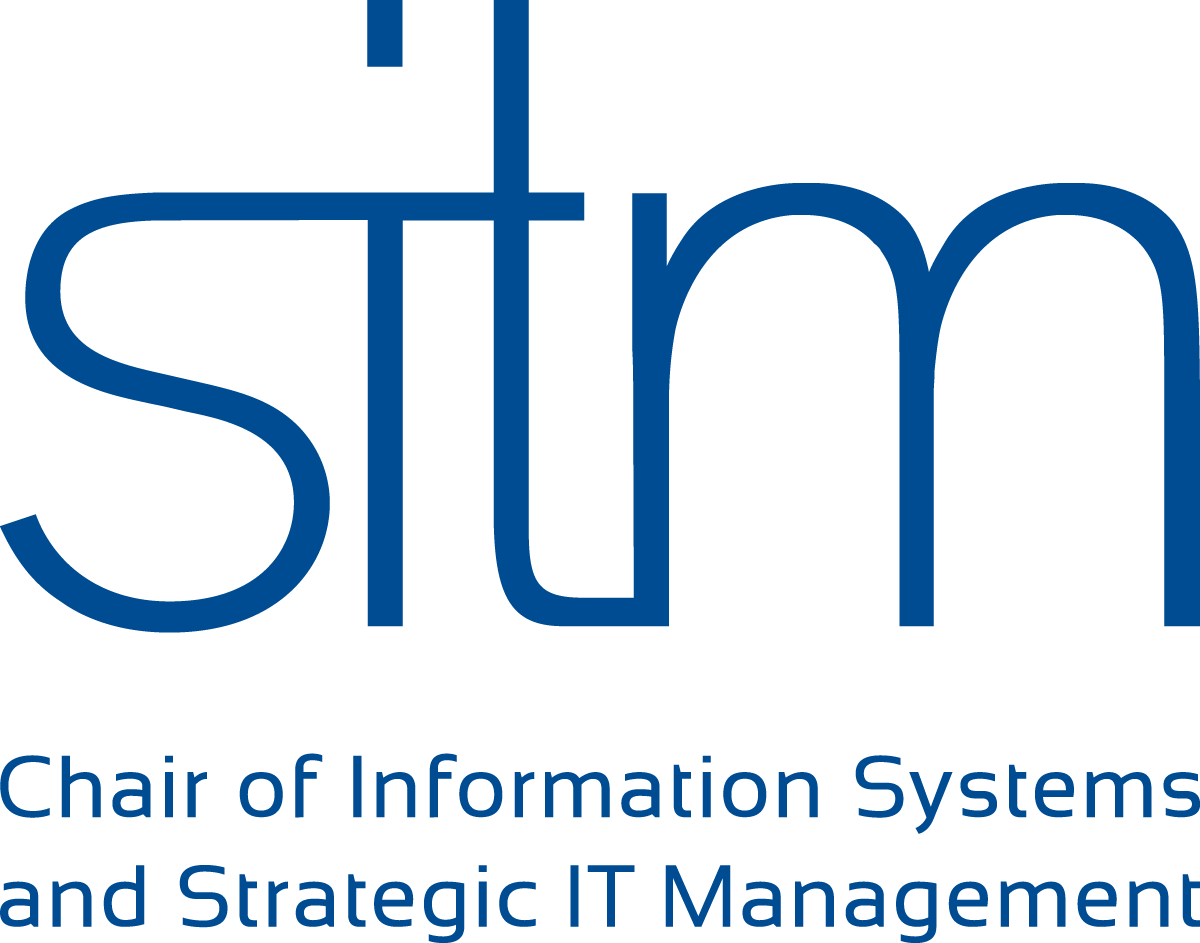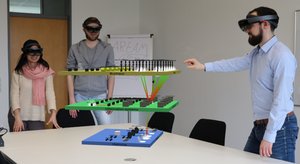News
News Detail:
Fri, 29. Jun. 2018 Hoffmann, David
New research topic: Use of Augmented Reality (AR) for the Management of Enterprise Architectures (EA)
The complexity of today’s organizational IT landscapes has increased significantly, especially due to the ongoing digital transformation, which is the result of the introduction of new IT systems, as well as the modification of existing ones. In this context, decision makers are finding it difficult to make fact-based decisions about these heterogeneous IT landscapes. The often complex and confusing documentation of the IT landscapes, predominantly represented in the form of text, diagrams, and models, requiring special expertise to understand and might lead to misunderstandings.
Our chair has undertaken a new research project focused on investigating a possible solution for this problem. Decision-relevant information should be easily accessible and manageable, especially for non-IT professionals, through an intuitive and modifiable visualization of complex enterprise architectures. This project takes on the challenge of defining decision scenarios to transform existing EA documentation accordingly and to enable intuitive interaction with them.
Based on the assumption that people's spatial imagination has a significant impact on information processing, the use of three-dimensional, in-space, IT planning is being explored by using augmented reality (AR). AR expands reality by displaying and overlaying virtual objects so that the view of the real world is uninterrupted. We do this by using Microsoft’s HoloLens, which is currently the most advanced AR glasses. In contrast to solutions that stipulate the use of smartphones, this technology also enables the originally intended operation with both hands and gestures. In addition, AR promotes collaborative work, because not only can several users view and modify virtual objects simultaneously, but the retained view of the real world also allows the customary interpersonal exchange. Decision makers are therefore given an intuitive, comprehensible, and target-group-specific representation of the enterprise architecture, which can be used for joint decision-making.
One of the project goals is to develop a software prototype that serves as a basis for experiments; this prototype is shown in the figure below. Experiments will explore how decision makers, for example, perceive and process information, the differences between existing approaches, and the three-dimensional space’s impact on collaborative work with enterprise architectures.
Those interested in more information or in participation opportunities, please contact Kevin Rehring or visit our AR EAM project page.
Breaking News:
 Student project in the area of personal productivity offered by the SITM Chair in SS2420.03.24
Student project in the area of personal productivity offered by the SITM Chair in SS2420.03.24- Prof. Ahlemann to be an associate editor of the ICIS 202426.02.24
- New radio report on risks of social media for young people with Deutschlandfunk06.02.24
- Call for Papers: 16th Science Forum Mobility on June 13th 202426.01.24
- Vacant master thesis seeks to investigate and assess how municipal enterprises’ innovation culture influences the effectiveness of digital innovation activity18.04.23
- One student project offered by the SITM chair in SS2323.03.23
- Excellent evaluation results for the course tutorial of “Information Systems Research” in the winter semester of 2022/202316.02.23
- Chair for Information Systems and Strategic IT-Management requires a research aide03.02.23
- Chair for Information Systems and Strategic IT-Management requires a student assistant12.01.23
 BAS/ditlab/SITM Research Colloquium in Frankfurt25.11.22
BAS/ditlab/SITM Research Colloquium in Frankfurt25.11.22


